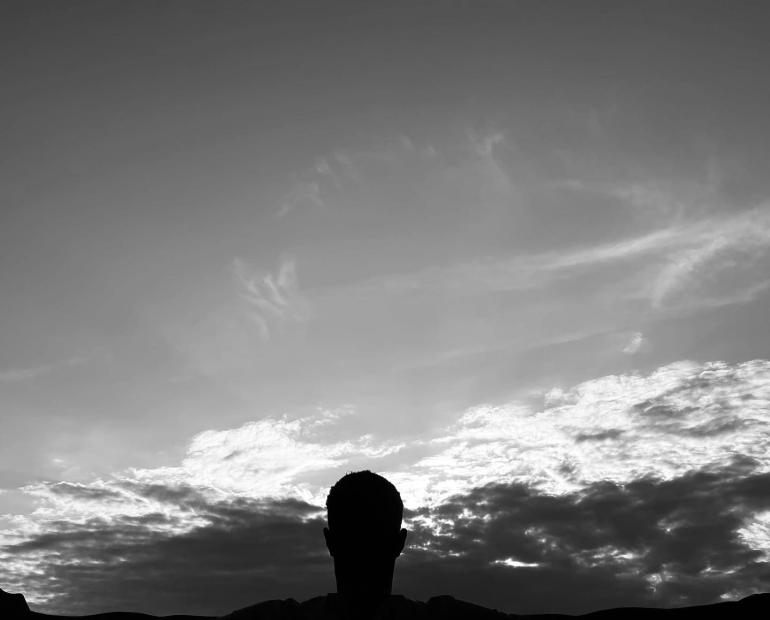
The past two months have seen a sharp rise in the number of fires around the globe, from blazes in Congo to Siberia. However, there is no doubt that Australia's burning bush-fires are probably the hottest topic in the news (no pun intended).
Attention and large, seven-digit donations from celebrities such as Chris Hemsworth and Kylie Jenner have captivated and more importantly motivated people around the world to contribute to fight the fires.
The Australian climate is normally dictated by the heat and magnitude of the air in the subtropical atmospheric belt. This means that many parts of the country experience tropical climates with lush grasslands and rainforests, whilst other areas such as the Outback are susceptible to barren lands and burning deserts.
That being said, never has a fire this big really been experienced by a nation known for its diversity of wildlife and habitats. Although the fires have been sparked in September of last year (and have continued to blaze for months straight), the prolonged drought that originates from 2017 are the sole cause of why this year's bushfire seasons has been more devastating than ever.
From September to November, Australia experiences its driest spring on record. In October, the annual bushfire season officially begins; the fact that any form of precipitation isn't expected to fall for three more months fuels embers from fires to spread, leading to even more intense blazes in the bushfire season of 2019.
And slowly, the danger builds up. It starts with the death of three people in New South Wales and Queensland, but the death toll rises; upto January this year, it end up to nearly 25.
On the 11th of November, a state of emergency is declared in these very two provinces that cover eastern Australia. They are also homes to large cities such as Sydney and Brisbane, which are equally susceptible to direct effects of the drought and the fire. In fact, the situation becomes so severe that for the first time ever, firefighters from the United States are deployed to Australia. Thousands are forced to evacuate due to the rapid movement of the blaze, causing the fire danger zone to spread. Although leaving it as a last resort, the authorities later opened fifteen evacuation centers, causing mass panic.
The second week of January welcomes decreasing winds and temperatures, easing conditions in Victoria and NSW. However, the fires are still expected to burn for more weeks to come. This weeks has seen strong rains, helping to put out fires. This has been greeted with open hands by not only Australians, but several people around the world.
However, adverse effects of the fire don't cease to exist. Over 1700 homes have been engulfed by the flames in NSW, Victoria, and other parts of southern Australia. 2306 insurance claims with a collective value of USD $165 million have been made, up to mid-December. The fire is costing Sydney as a city up to USD $14 million a day. The most recent figures show at least five million hectares are burning in NSW alone, and the total burnt area stands at nearly 11 million hectares. And you also have take into account the several numbers of animals that have been engulfed in these flames. It is estimated that upto 1.25 billion animals have lost their lives because of these bushfires.
It will take a lot of of work to deal with these effects, and we need to work on ways to prevent these fires from happening in the future.





